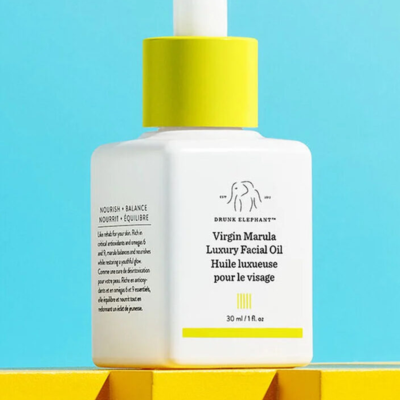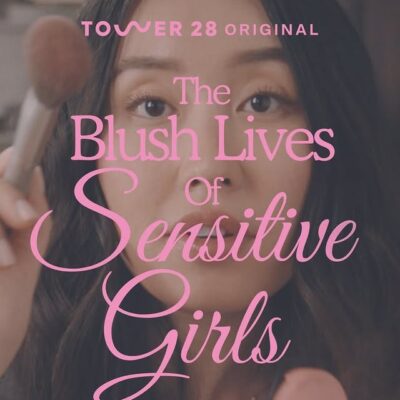
Elanveda Escalates Its Look And De-escalates Its Retail Presence
When Elanveda was founded a decade ago, Instagram was two years from launching, Ayurveda had barely cracked the vocabulary of even the most health-conscious of American consumers, e-commerce was a paltry percentage of beauty sales, and most millennials weren’t out of high school or college.
Today, the landscape has completely changed, and so has the brand. Elanveda has introduced overhauled packaging conceived for the social-media age and pulled out of retailers to focus on digital distribution. It had been in over 100 doors nationwide at chains such as Albertsons, Bristol Farms, Mother’s Market, Lazy Acres Market, Pacific Coast Greens and Pharmaca.
“My main goal was to match the quality of the branding with the quality of the products. We’ve never had a deficiency of fans, but we lacked acceptance from higher-end consumers and higher-end retailers,” says Dan Palmer, CEO and founder of Elanveda. “We felt we really had to up our game with the branding.”
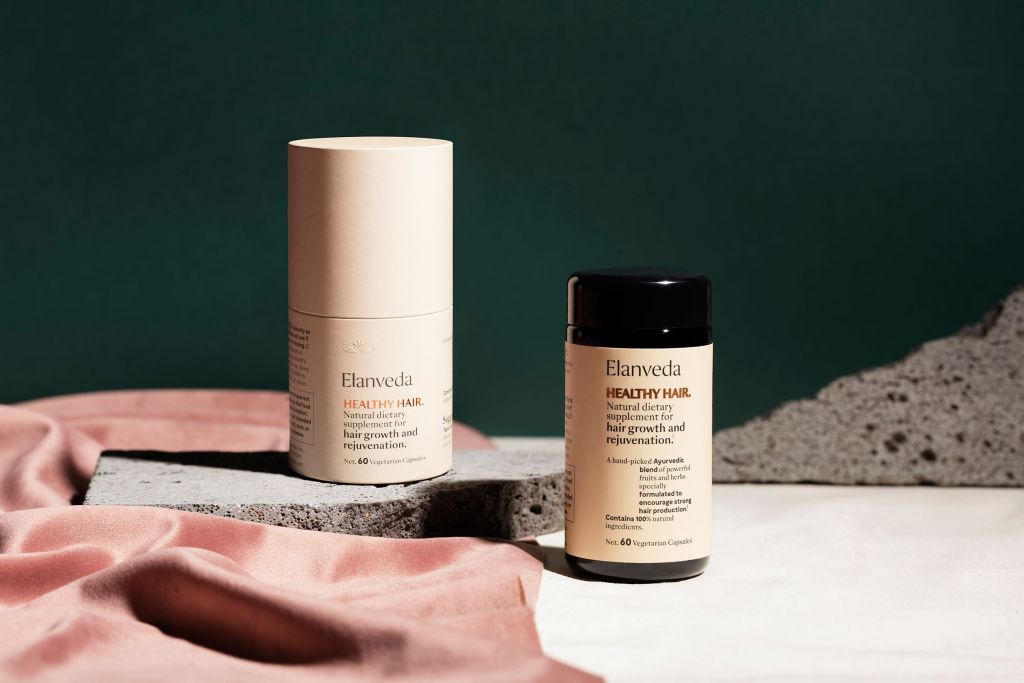
Elanveda interviewed about 10 design firms and ultimately hired Mexico City firm Futura to help guide its makeover. The brand’s aim with the update was to intrigue 25- to 40-year-old women enmeshed in the wellness scene, and cognizant of vitamin and beauty brands like Ritual, Glossier, Moon Juice, Care/Of and The Beauty Chef recalibrating the aesthetics of personal maintenance. Elanveda’s assortment includes essential oil blends and supplements.
In the lead up to its transformation, Jessica Cyrell, director of marketing at Elanveda, says the brand asked, “How do we cater to our demographic? What do we need to do to be able to successfully grab attention?” She emphasizes, “We really wanted interactive packaging begging to be shared on social media.”
“My main goal was to match the quality of the branding with the quality of the products. We’ve never had a deficiency of fans, but we lacked acceptance from higher-end consumers and higher-end retailers. We felt we really had to up our game with the branding.”
Elanveda has moved away from universal green and white labels to each of its six products sporting uniquely colored labels. For instance, Reopen, a botanical oil for clearing sinuses, is wrapped in light blue, while Regale, an anti-aging facial oil, features a red label. The merchandise is encased in cylinders with copper embossing and a raised icon of two hands holding a flower. Inserts inside the packaging explain products and hold them in place. Product names have been revised to be less basic. The essential oil blend previously called Muscle & Joint is now Re-Flex.
Palmer divulges Elanveda invested a six-figure sum in the rebrand. He attributes that amount to establishing the new look and taking the steps necessary to put the new look into practice. For instance, to complete product inserts, Elanveda relies on a printing facility that inscribes them as well as a bindery that folds them. The brand depends on distinct companies for its labels, bottles, cylinders, oils and supplements, too.
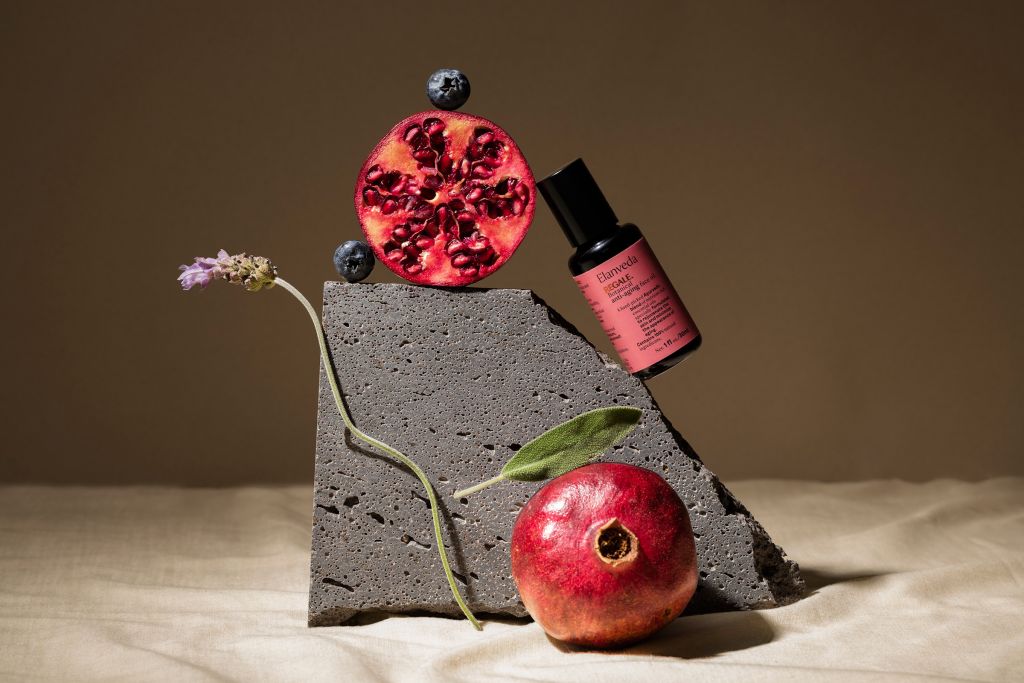
“We created an all-star team of the best vendors to collaborate with us on the final product,” says Palmer. Along with premium vendors comes a premium price tag. Although it’s not at the top tier of the luxury market, Elanveda has increased its pricing. The price range for its full-sized oils rose to $28 to $64 from $20 to $34. Palmer stresses that, with the brand transitioning out of stores, it’s stopping discounting to ensure its upscale orientation isn’t compromised.
“The expense of doing business with brick-and-mortar wasn’t to our advantage,” says Palmer, adding, “The big-box retailers are really designed for already-known commodities and brands. They are not really conducive to brands trying to find their way and working in the confines of models not funded by private equity [or big conglomerates].”
“The big-box retailers are really designed for already-known commodities and brands. They are not really conducive to brands trying to find their way and working in the confines of models not funded by private equity [or big conglomerates].”
A brand frequently has to find its way if it’s ahead of the curve, and Elanveda has often been ahead of the curve in the wellness arena. The brand’s origins date back 13 years to a bout of shingles experienced by Palmer’s wife Pamela, who sought out alternatives medicines and, in turn, was exposed to Ayurveda. The alternative path resolved the shingles.
Two years later, the Palmers’ attempts to start a family were thwarted by a hair-growth product Dan Palmer was using that inhibited fertility. He switched to an Ayurvedic herbal concoction that worked for hair growth, and his wife became pregnant. Surprised that Ayurvedic formulas like the one to grow his hair hadn’t penetrated the market, Palmer decided to develop Elanveda to bring them to the masses. Today, Ayurvedic products have spread in the U.S. as domestic consumers gravitate to holistic approaches to health and beauty.
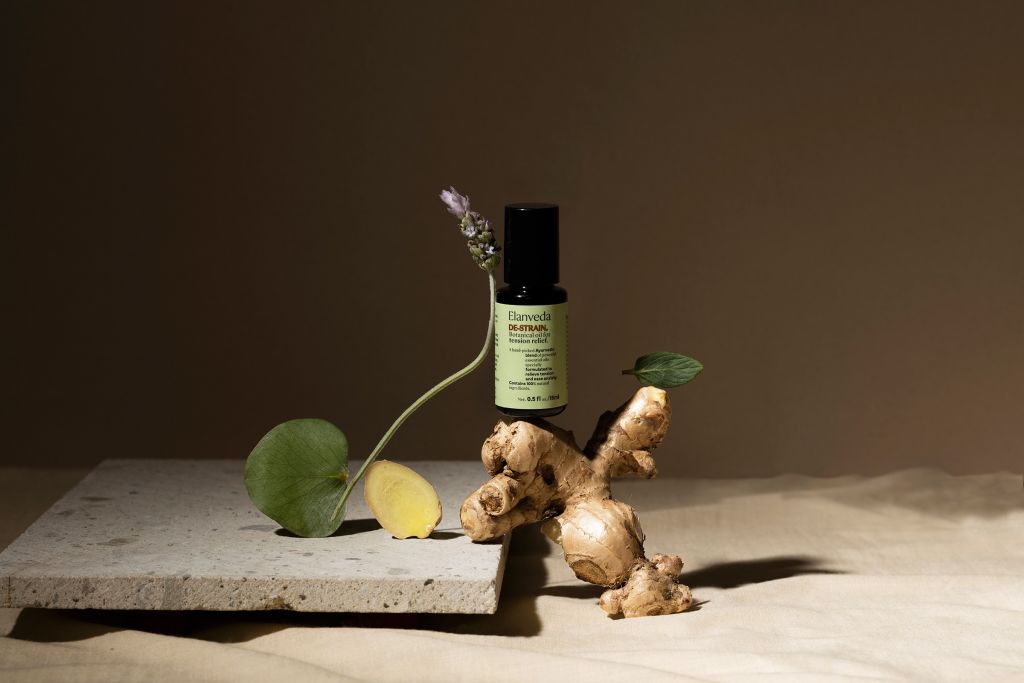
Elanveda is sticking to selling on its own website and Amazon at the moment, and is investing in search engine optimization, and Google and Facebook ads to encourage traffic and sales. However, Palmer isn’t opposed to the brand entering select prestige retailers and e-commerce players the likes of Credo, Anthropologie and Goop.
“The hard part is to stay in the game, and we’ve been able to do that,” he says. “We are in a position where we have good customer appreciation, and the only thing preventing us from really becoming a household name is more people trying the products.”


